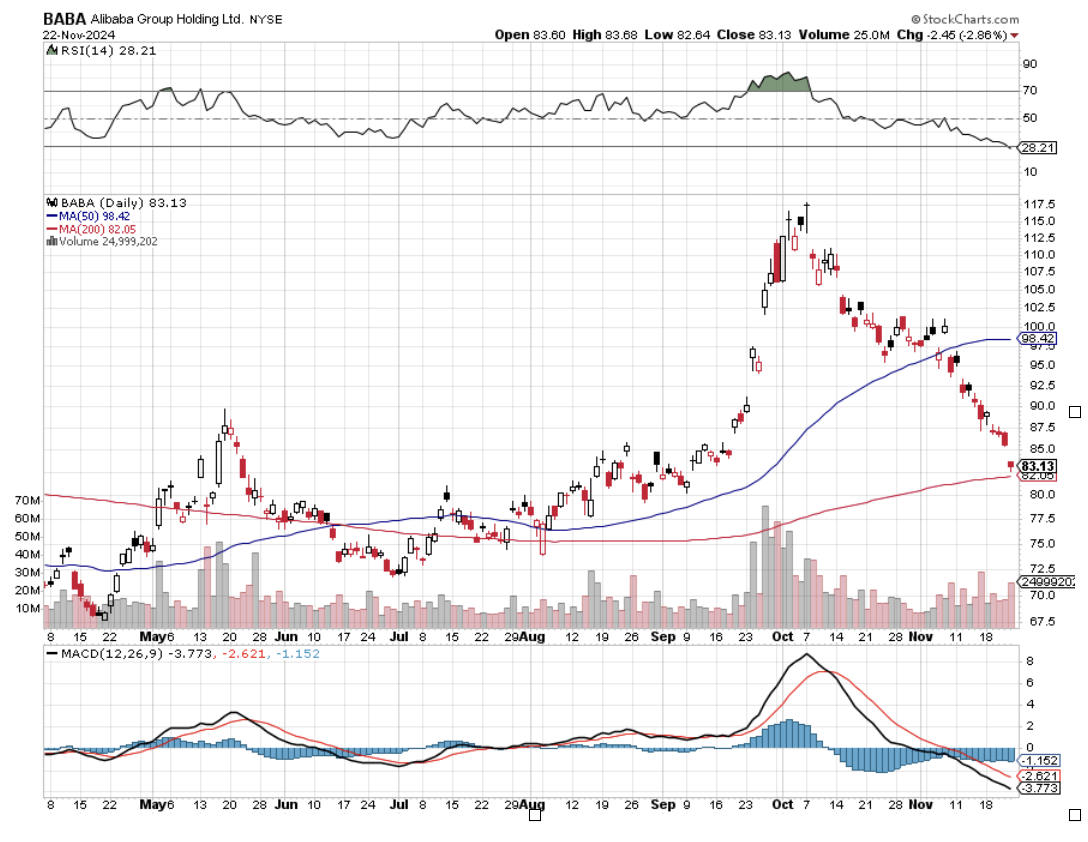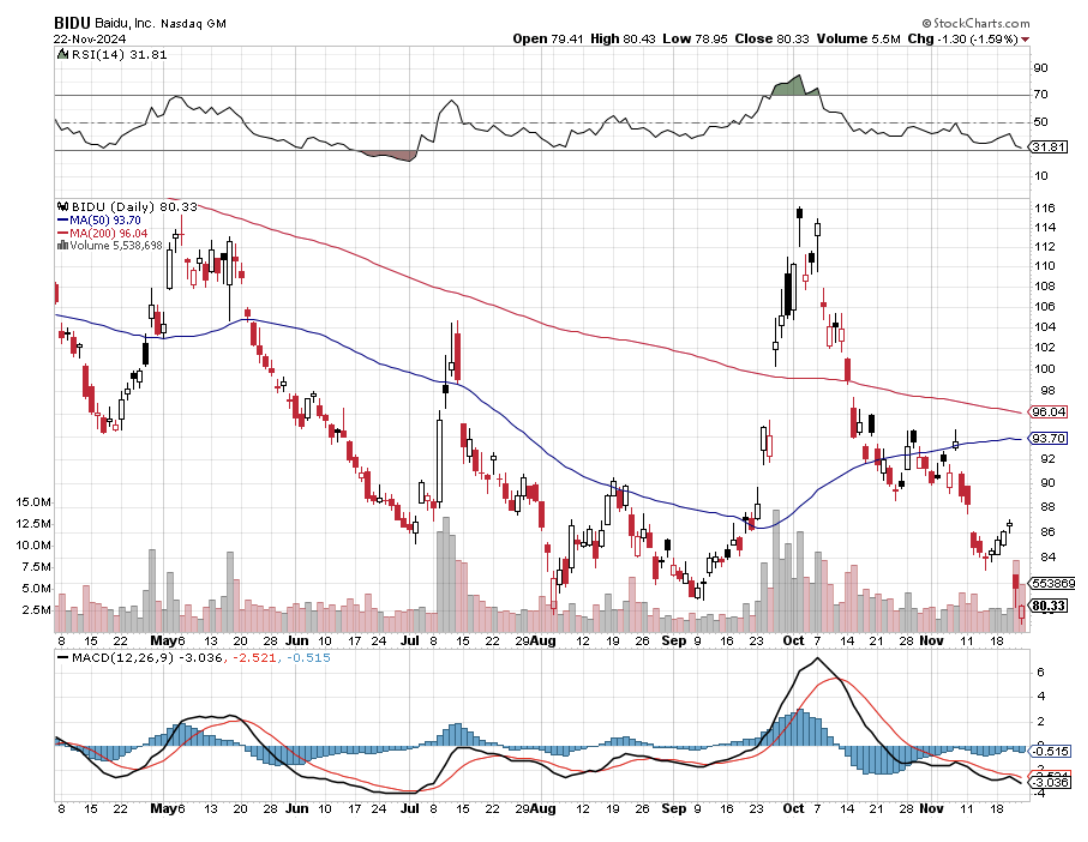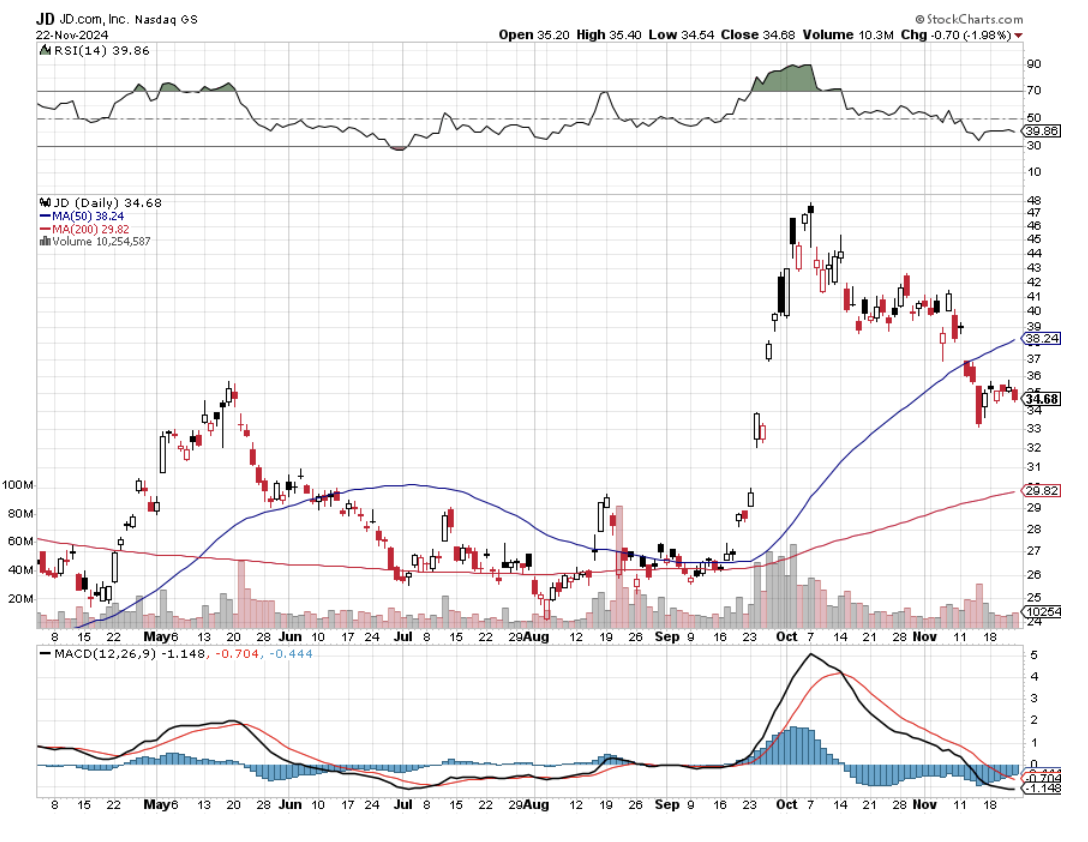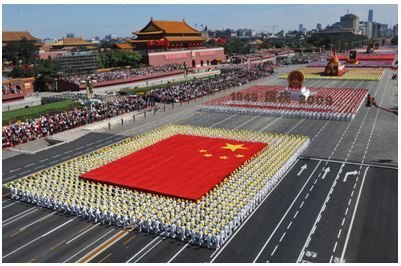There was so much enthusiasm for China only a month ago.
A stimulus package was announced, a massive short-covering rally ensured, and finally, after a three-year hiatus, China was back in play. Several hedge funds announced major commitments to the Middle Kingdom.
Here we are only three weeks after the US presidential election, and China now looks so much rubble. Asst prices returned to their starting points. The hedge funds have so much mud on their faces. It’s back to a long wait.
Which gives us all plenty of time to think about what China is really all about.
I ran into Minxin Pei, a scholar at the Carnegie Endowment for International Peace, who imparted to me some iconoclastic, out-of-consensus views on China’s position in the world today.
He thinks that power is not shifting from West to East; Asia is just lifting itself off the mat, with per capita GDP at $12,969, compared to $81,695 in the US.
We are simply moving from a unipolar to a multipolar world. China is not going to dominate the world, or even Asia, where there is a long history of regional rivalries and wars.
China can’t even control China, where recessions lead to revolutions, and 30% of the country, Tibet and the Uighurs want to secede.
China’s military is almost entirely devoted to controlling its own people, which makes US concerns about their recent military build-up laughable.
All of Asia’s progress, to date, has been built on selling to the US market. Take us out, and they’re nowhere.
With enormous resource, environmental, and demographic challenges constraining growth, Asia is not replacing the US anytime soon.
There is no miracle form of Asian capitalism; impoverished, younger populations are simply forced to save more because there is no social safety net.
Try filing a Chinese individual tax return, where a maximum rate of 40% kicks in at an income of $35,000 a year, with no deductions, and there is no social security or Medicare in return.
Ever heard of a Chinese unemployment office or jobs program?
Nor are benevolent dictatorships the answer, with the despots in Burma, Cambodia, North Korea, and Laos thoroughly trashing their countries.
The press often touts the 600,000 engineers that China graduates, joined by 350,000 in India. In fact, 90% of these are only educated to a trade school standard. Asia has just one world-class school, the University of Tokyo.
As much as we Americans despise ourselves and wallow in our failures, Asians see us as a bright, shining example for the world.
After all, it was our open trade policies and innovation that lifted them out of poverty and destitution. Walk the streets of China, as I have done for four decades, and you feel this vibrating from everything around you.
I’ll consider what Minxin Pei said next time I contemplate going back into the (FXI) and (EEM).




China: Not All Its Cracked Up to Be





